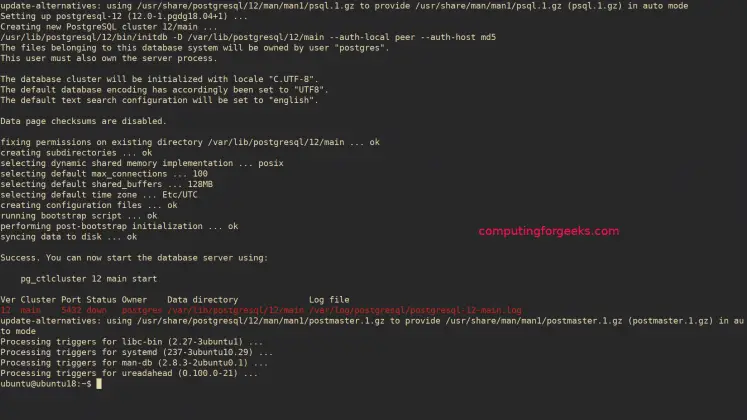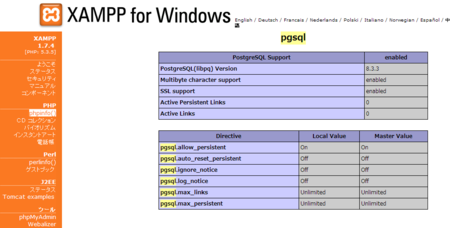

Unfortunately, these open source tools (I think) only allow for read access, while the commercial alternatives can also write. After a lot (a lot!) of digging around, I finally came across a blog post from 2003 that explains how to get MS Access-ODBC connectivity on Linux using open source tools. There are a few commercials options for Linux MS Access ODBC drivers, but they're astronomically expensive. Connecting to MySQL is simple (see the ODBC reference below), but MS Access is trickier since there's no native ODBC support for Linux. ODBC connectivity - here's where it gets a bit dicey. From there, you can setup additional users (see references below). Steps 1-3 deal with setting up the postgres user in PostgreSQL, while steps 4-6 set the postgres user's system password. Enter the password you specified in step #2.ALTER USER postgres WITH PASSWORD 'YourUniquePasswordHere'.sudo su postgres -c "psql -d template1".To initialize the postgres user for PostgreSQL: To enable phpMyAdmin support: add this to the bottom of /etc/apache2/nf: Restart apache: sudo /etc/init.d/apache2 restart.To allow only your machine to connect to your server: Your default web root will be /var/Note that, by default, anyone who knows your IP address will be able to connect to your new web server.

In addition to the basic stuff I installed a few bells and whistles such as phpMyAdmin for MySQL and pgadmin3 for PostgreSQL administration. So, following a number of guides(*), I successfully installed my own LAMP stack - Linux,Īpache, MySQL, and PHP - with PostgreSQL. I didn't want to develop on the live site, and I needed more features than releases such as XAMPP and LAPPStack could offer, namely ODBC support for the Microsoft Access -> PostgreSQL conversion process (PD and JL provide us with data in MS Access format). In order to do proper development and testing on VIHistory I needed a proper LAMP stack with PostgreSQL support on my machine.


 0 kommentar(er)
0 kommentar(er)
